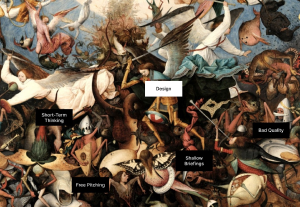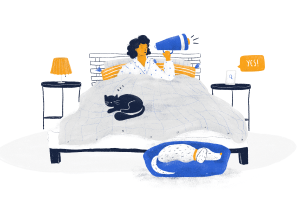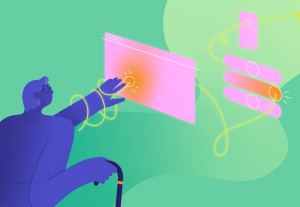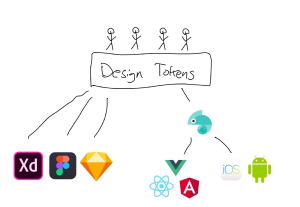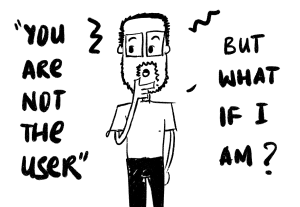- Customer Experience, Design, Empathy, Employee Experience, Usability, UX Education, UX Magazine
There is a way to work with design to achieve real results and generate genuine power for an organization.
Article by Viktor Dopke
How To Empower An Organization Through Design?
- The author believes that the following reasons are why design/branding/marketing agencies end up damaging the image of design as a tool for getting results:
- Lots of jargon and little to no action at a fundamental level.
- Large companies with “foolproof” processes.
- Fake cases and invented touch points
- Romanticized view of consumers
- In order to centralize an organization, designers need to map its interdependence relationships and understand how a project can strengthen all sectors in an equal way.
Share:How To Empower An Organization Through Design?
Share this link
- July 6, 2022
4 min read
